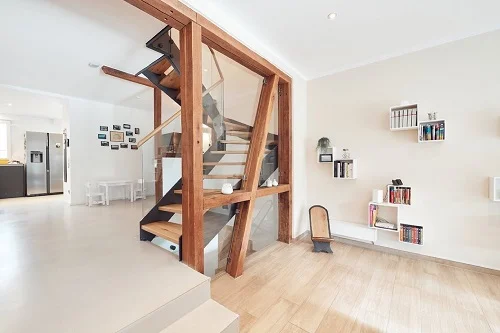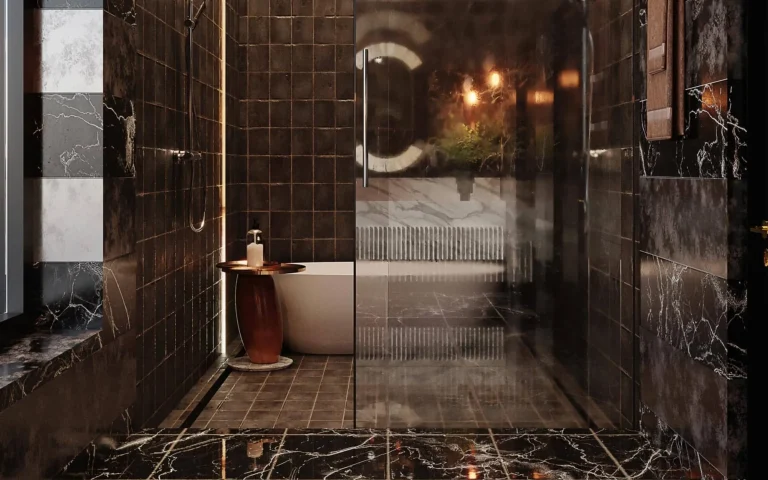8 Signs Your Home Needs a Roof Replacement
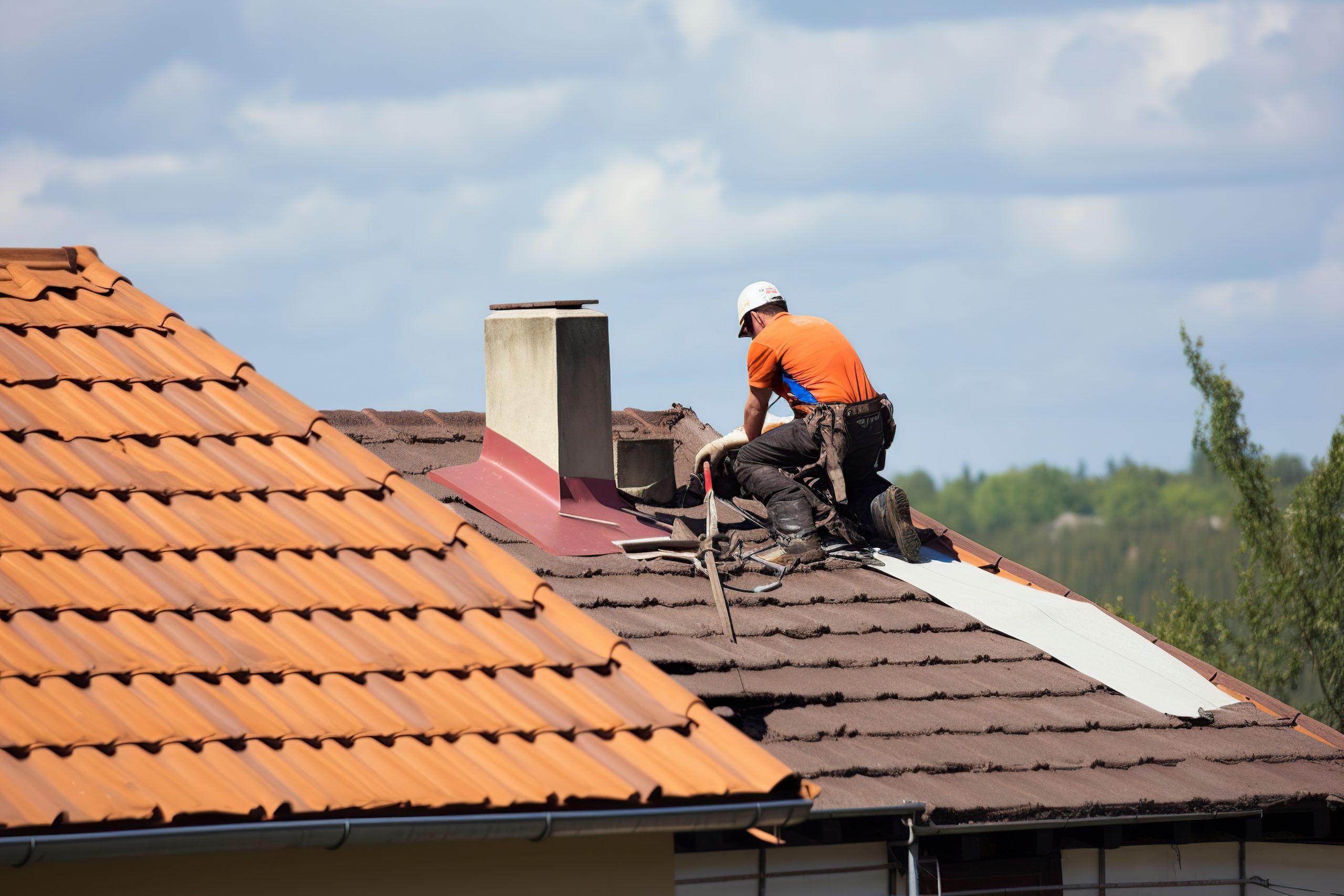
Table of Contents
When it comes to maintaining a home, roof replacement is one of the most significant investments you need to make. Understanding the warning signs that your roof is nearing the end of its lifespan can save you from unexpected costs and damages.
Knowing when to search for roof replacement Milwaukee can be even more critical for residents in areas like Milwaukee, where the weather can be particularly harsh on roofing materials. Here are essential signs that indicate it’s time to consider replacing your home’s roof.
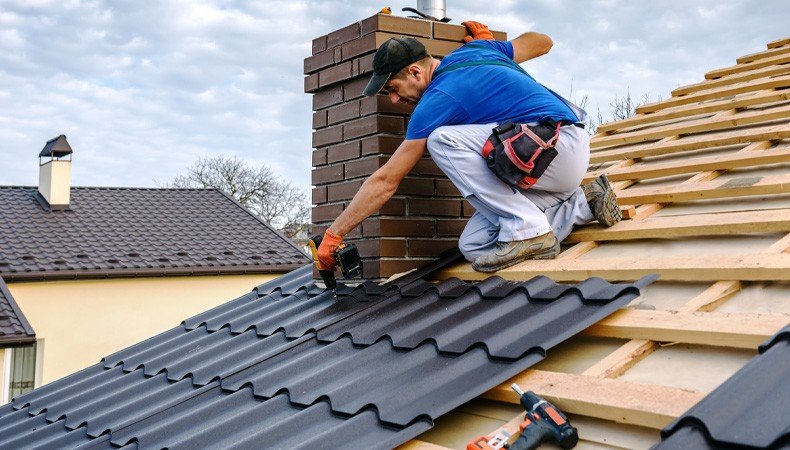
1. Age of the roof
A roof’s lifespan typically ranges between 20 to 30 years, depending on the material used. If your roof is approaching or has surpassed this age range, it’s time to consider a replacement. In Milwaukee, where weather conditions can be severe, roofs might not last long without showing signs of wear and tear.
2. Shingles are curling or buckling
Shingles that are curling, buckling, or appear damaged indicate they’re past their life expectancy. These types of damage can result from weather exposure, wind damage, and aging. Nevertheless, disfigurement is the most significant sign that shingles are no longer effectively protecting your home.
If you notice this, searching for roof replacement services should be your next step to finding professionals who can assess and address the issue. Depending on the extent of the damage, your roof may only require shingle replacement or a complete overhaul.
3. Roof valleys
The roof valley is where two roof sections come together, creating an internal angle or a V-shaped depression. These valleys are critical points in a roof’s design because they channel rainwater and snowmelt down the roof and into the gutters. Due to the increased water flow in these areas, roof valleys are particularly susceptible to leaks and require careful installation and maintenance.
If your roof shingles are falling apart or missing in the roof valleys, it’s a definite sign that you need a new roof. These valleys are crucial for rain and snow flow into the gutters. If compromised, it could lead to roof leaks and further damage to the structure of your home.
4. Missing shingles
The sight of missing shingles is a clear signal that your roof could be failing. High winds and severe weather conditions, common in areas like Milwaukee, can lead to this issue. It’s not just an aesthetic problem; missing shingles can expose your home to water damage.
While a few missing shingles don’t automatically necessitate a complete roof replacement, it’s essential to assess the situation carefully, considering the age and overall condition of the roof, to make the most cost-effective and practical decision.
5. Granules in the gutters
Finding granules from your shingles in the gutters is a sign of advanced wear. These granules help protect the roof from the sun’s damaging rays. If you find these granules, your roof’s ability to protect your home diminishes.
6. Daylight through roof boards
If you notice a spongy feel when walking on the roof or if daylight is coming through the roof boards, it suggests that the underlying decking has been weakened by moisture. This issue can lead to more significant problems, such as structural damage, if not addressed promptly.
7. Sagging roof
A sagging roof is an indication of a severe structural issue. It could be a problem with the decking in the attic or, worse, with the supports in the foundation. This situation is where you need to act quickly, not just for the sake of the roof but for the structural integrity of your entire home.
8. Frequent leaks
Experiencing frequent leaks is a clear sign that your roof may need replacing. If you find yourself constantly patching spots on your roof, it may be more cost-effective in the long run to opt for a complete replacement, significantly if multiple areas are affected.
Maintaining your roof: Best practices for homeowners:
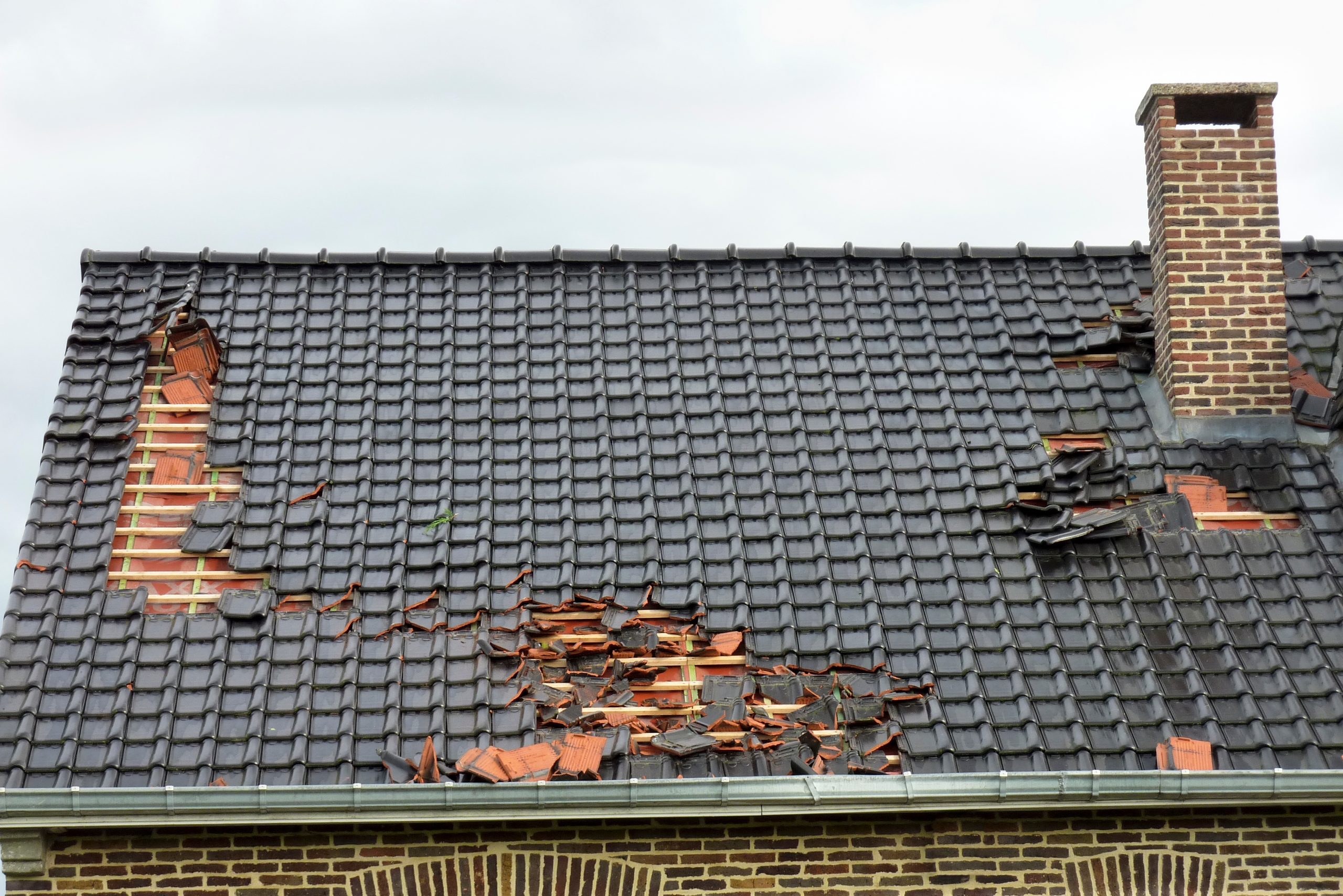
Maintaining your roof is essential to extend its lifespan and protect your home from potential damage. Here are some best practices for homeowners when it comes to roof maintenance:
- Regular inspections: Conduct at least two annual inspections, ideally in the spring and fall. It helps identify potential issues before they become significant problems. Additionally, always inspect your roof after extreme weather events, such as heavy snow, hail, or storms, as these can cause immediate and significant damage.
- Keep gutters clean: Ensure your gutters are free from debris, leaves, and branches. Clogged gutters can lead to water backing up and causing damage to your roofing system.
- Check downspouts: Ensure water flows freely from your downspouts and is directed away from your home’s foundation.
- Trim overhanging tree branches: Overhanging branches can scratch and gouge roofing materials when the wind blows the branches. Trimming them back will prevent this damage and reduce the risk of branches falling onto the roof during storms.
- Repair damaged shingles immediately: If you notice damaged or missing shingles, it’s essential to have them repaired or replaced immediately to prevent water from infiltrating your home.
- Maintain sealants and flashing: Areas around chimneys, vents, and skylights are often sealed to prevent water entry. These seals can degrade over time, so they should be checked regularly and resealed or replaced as necessary.
- Look for signs of algae and moss: Algae and moss can cause damage to roofing materials over time. If noticed, they should be gently washed away with a roof cleaner or a professional cleaning service that uses soft washing techniques.
By following these best practices, homeowners can significantly reduce the risk of roof damage and extend the life of their roof, ensuring their home remains safe and secure against the elements.
Conclusion
Knowing these signs can save Milwaukee homeowners from the headache of unexpected roof failures. If you recognize any of these issues with your roof, take your time. Connect with local professionals who can help assess your needs and provide a solution to keep your home safe and dry. Regular inspections and maintenance can extend the life of your roof, but when these signs appear, it’s time to consider a replacement.



